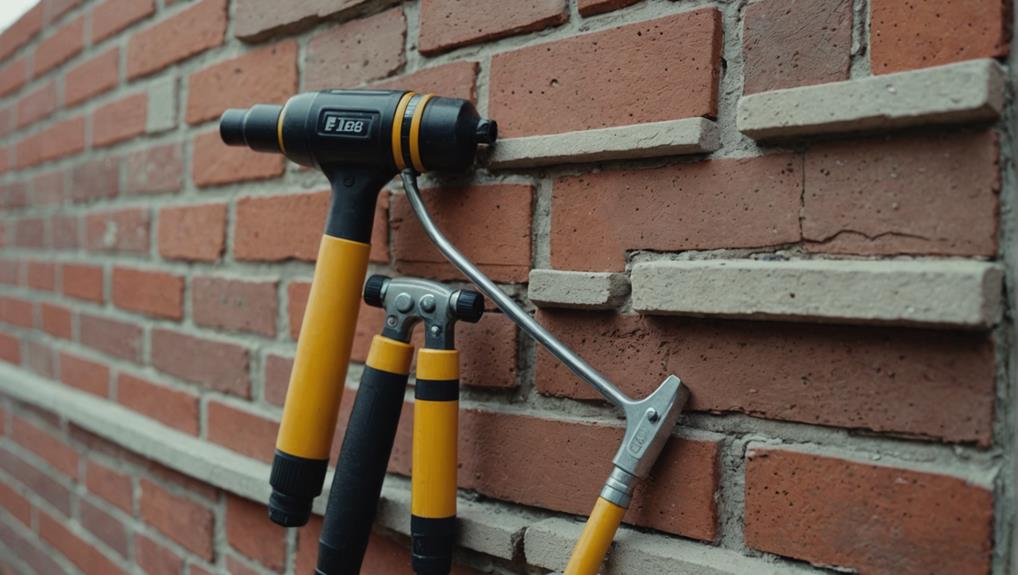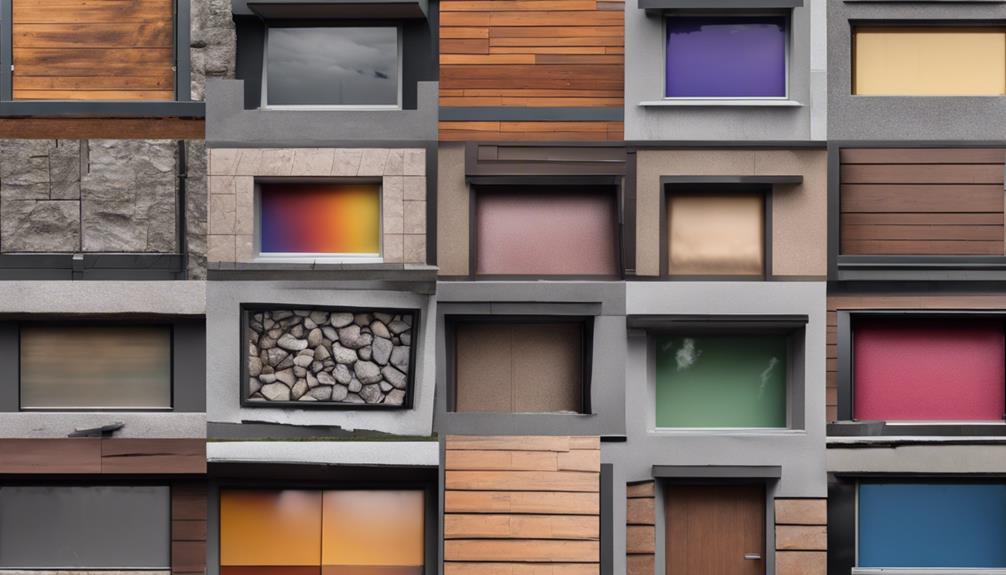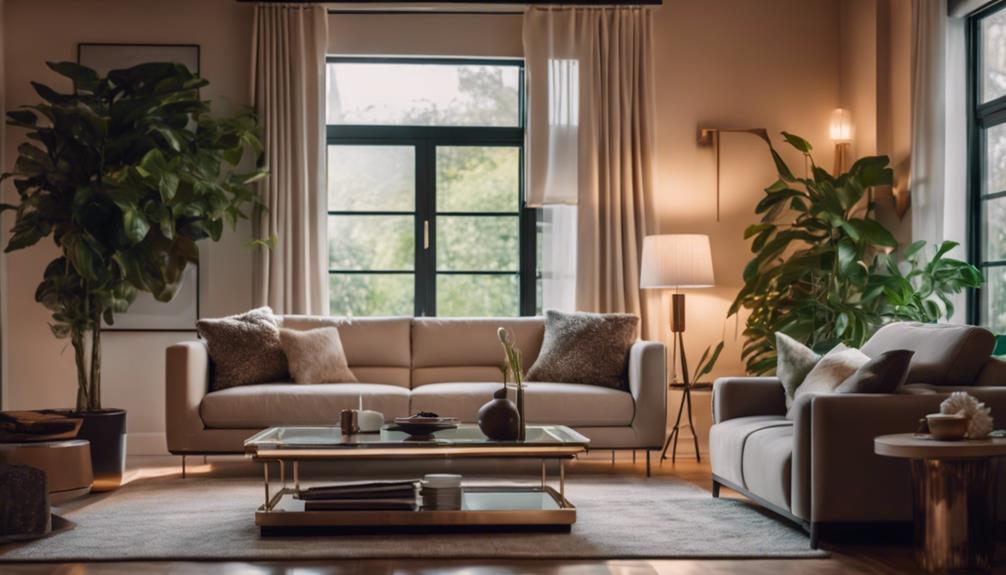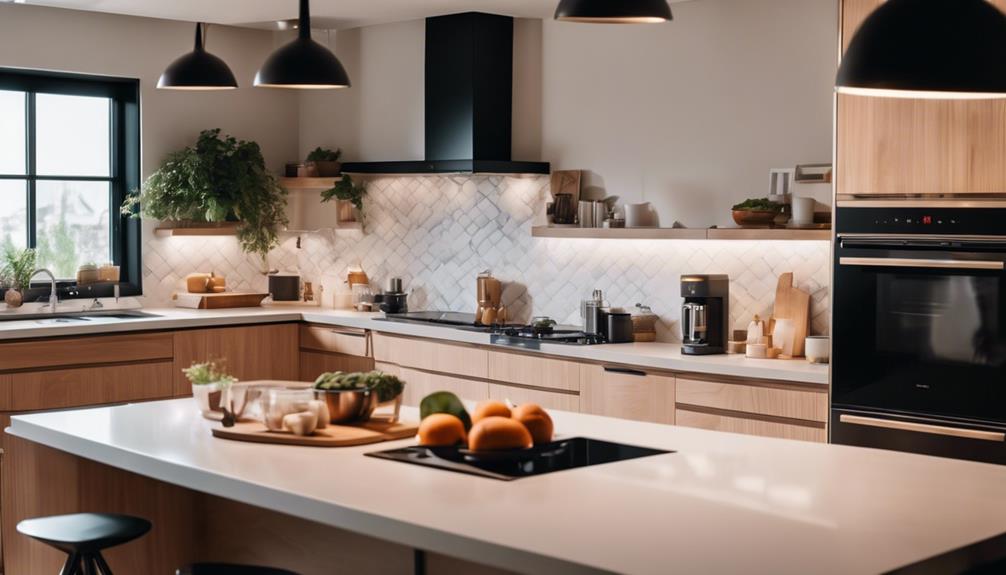Top Exterior Wall Materials for Weather Resistance Guide
When picking materials for the outside of your house, it's super important to think about how well they can handle bad weather.
First up, there's fiber cement siding. It's really strong and doesn't warp, which means it keeps its shape even when it's wet or windy.
Then we have vinyl siding. It's light and easy to take care of, but watch out! It can crack if it gets too cold.
Brick is another great choice. It's tough and does a good job keeping your house warm inside.
Metal siding is also strong and doesn't rust, making it a solid option for rough weather.
Natural stone cladding looks really nice and keeps water out, but it needs a sturdy setup to hold it up.
Every material has its good and bad sides, so think about the weather where you live and how much work you want to put into taking care of it.
Make sure to check out how to put these materials on your house and how to keep them looking good for years!
Key Takeaways
When it comes to choosing exterior wall materials that can handle tough weather, here are some great options:
- Fiber cement siding is super strong and can resist moisture. It also looks a lot like wood or stone, making it a popular pick for homes.
- Vinyl siding is light and easy to take care of, but it can crack when it gets really cold. So, think about your local weather before you decide on this one.
- Brick is really good at keeping your home warm and is tough, but if it doesn't drain water properly, it can have some problems.
No matter what material you choose, remember to check and take care of it regularly. This helps it last longer and work better!
Key Weather-Resistant Materials
When you're thinking about how to keep your house safe from bad weather, picking the right materials is super important. Let's look at some great choices!
First up, there's fiber cement siding. This stuff doesn't warp or get ruined by moisture, and it looks a lot like natural materials, which is really cool.
Then we have vinyl siding. It's light and easy to take care of, but be careful if you live somewhere really cold since it mightn't hold up well.
If you want something classic, brick is a fantastic choice. It's really strong and does a great job of keeping your home warm.
Metal siding is another option. It can resist rust and handle tough weather, but you'll want to make sure your house is insulated well to keep energy costs down.
Lastly, there's natural stone cladding. It looks beautiful and is great at keeping water out, but it needs a strong structure to support it.
Choosing any of these materials will help protect your home from the weather!
Advantages and Disadvantages
When picking the right material for the outside of your house, it's important to think about the good and bad sides of each choice. Let's break it down!
Vinyl siding is a popular option because it doesn't cost a lot. However, if it gets really cold, it might crack.
Fiber cement siding is super strong and can last a long time, but you might need to hire someone to put it up, which can make it expensive.
Brick is great at keeping your home warm and cozy, but it can hold onto water, which might cause problems later on.
Metal siding is light and doesn't rust, but it can get dents easily, which doesn't look so nice.
Lastly, stucco is good at keeping pests away, but you have to clean it regularly to stop dirt and mold from building up.
When choosing, remember to think about your local building rules and how moisture might affect your home.
It's all about finding a balance between looks, strength, and how much care your house will need over time.
Installation and Maintenance Tips

When choosing materials for outside walls, it's important to know what's good and what's not. This helps you take care of your home so it stays nice for a long time.
First, make sure to put things up the right way. For example, if you're using housewrap, layer it like shingles on a roof to keep water out. Also, follow the rules for how far apart to put the fasteners.
If you have wood siding, don't forget to put on a weather-resistant coating every few years. This protects it from rain and the sun's rays. For fiber cement and vinyl siding, check the seams regularly and seal them again if needed to make them last longer.
If you choose stone or metal siding, make sure to set it up so that water can drain away and air can flow. This helps prevent moisture problems.
Lastly, pick materials that come with warranties. This way, you can have peace of mind knowing they were installed correctly and will work well.
Frequently Asked Questions
What Is the Best Material to Use for Exterior Walls?
When picking the best material for outside walls, think about how strong it is and how well it can handle bad weather. Fiber cement siding and brick are both really tough and can last a long time. On the other hand, vinyl is a cheaper option that many people like. Make sure to think about the weather where you live and how you want your house to look when making your choice.
What Is the Weather Barrier for Exterior Walls?
A weather barrier for outside walls is really important. It helps keep water out while letting moisture inside the walls escape. You can use materials like housewrap or special panels. These choices help your building stay strong and last longer against rain, snow, and other weather conditions.
What Kind of Sheathing for Exterior Walls?
When picking materials for the outside walls of a building, you have a few good choices!
First, there's OSB, which stands for oriented strand board. It's a great option if you want to save some money.
Then, you have plywood. This is really strong and can handle moisture well, making it a good choice if you live in a wet area.
Lastly, there's gypsum board. This type is great because it helps prevent fires, which is super important for safety.
Each of these materials has its own benefits, so think about what your building needs to stay safe and strong against the weather!
What Are Lightweight Materials for Exterior Walls?
When building the outside of a house, you can use lightweight materials that are great for walls. Some good options are insulated concrete forms, fiber cement siding, and vinyl siding. These materials are strong, easy to put up, and can help keep your home warm or cool. This makes your building project simpler and more effective!














Post Comment